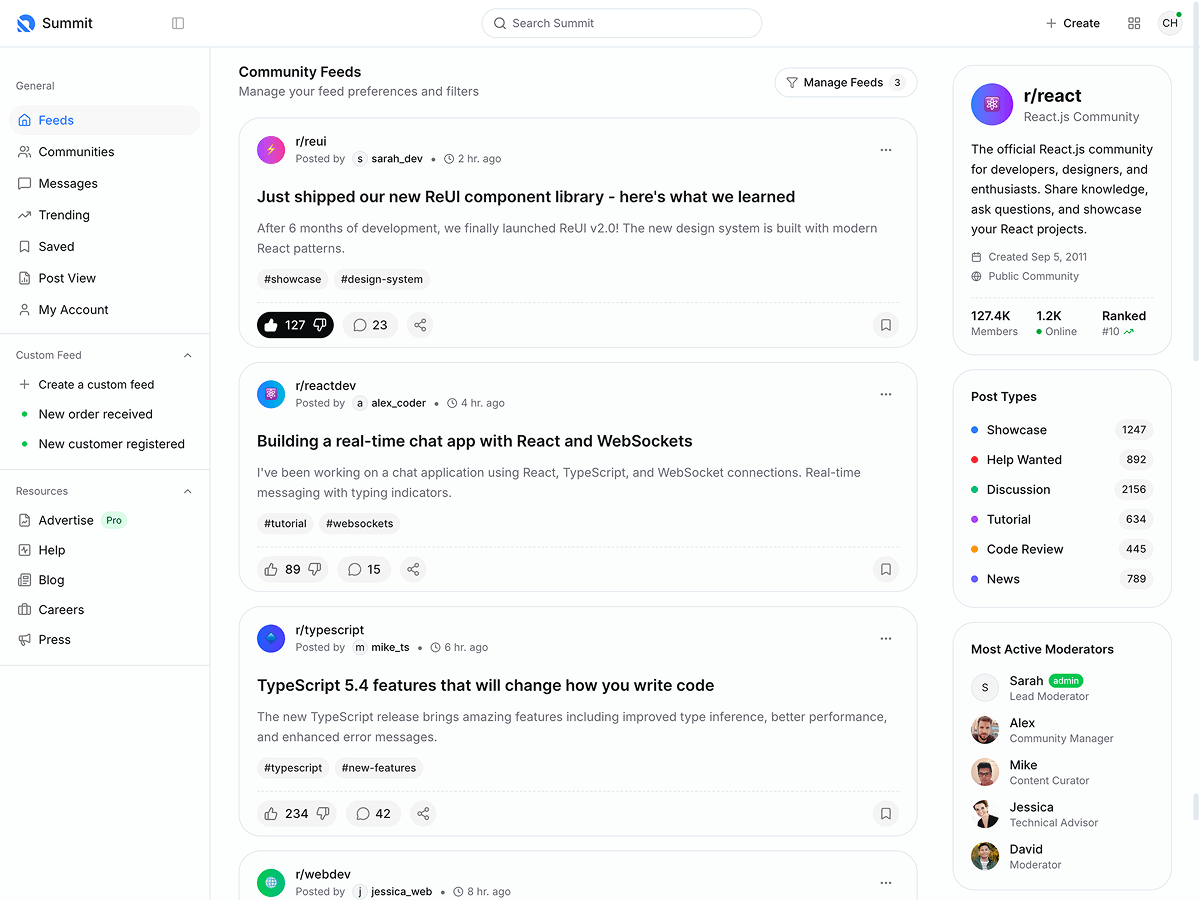angular translate
Hi,
I want to translate below "message" according to the selected language, but I dont find a way to do so? Can I do it in the html file itself?
using "{{ "AUTH.VALIDATE.REQUIREDMESSAGE" | translate }}" gives error to me.
<ng-container [ngTemplateOutlet]="formError" [ngTemplateOutletContext]="{
validation: 'required',
message: 'Password is required',
control: loginForm.controls['password']
}"></ng-container>
Replies (162)
Great post! I am actually getting ready to across this information, is very helpful my friend. Also great blog here with all of the valuable information you have. Keep up the good work you are doing here.
[url= footwear[/url]
I am often to blogging and that i actually appreciate your posts. This article has truly peaks my interest. I am going to bookmark your internet site and keep checking for first time data.
I am often to blogging and that i actually appreciate your posts. This article has truly peaks my interest. I am going to bookmark your internet site and keep checking for first time data
WAHANA138
Como pedra decorativa e pedra para fachada, a pedra ferro valoriza qualquer construção, oferecendo durabilidade, beleza natural e um estilo único que combina com diferentes propostas arquitetônicas.
pedra decorativa
Thanks for the blog loaded with so many information. Stopping by your blog helped me to get what I was looking forJhanak Upcoming Story
You have raised an important issue..Thanks for sharing..I would like to read more current affairs from this blog..keep posting
financial
Thanks for the blog loaded with so many information. Stopping by your blog helped me to get what I was looking for.
Best Forex CRM Software
You have raised an important issue..Thanks for sharing..I would like to read more current affairs from this blog..keep posting
gacor55
You have raised an important issue..Thanks for sharing..I would like to read more current affairs from this blog..keep posting
gacor55
Thanks for the blog loaded with so many information. Stopping by your blog helped me to get what I was looking for.
Bclub
Took me time to read all the comments, but I really enjoyed the article. It proved to be Very helpful to me and I am sure to all the commenters here! It's always nice when you can not only be informed, but also entertained!
Baby Diapers and Hygiene Products
Took me time to read all the comments, but I really enjoyed the article. It proved to be Very helpful to me and I am sure to all the commenters here! It's always nice when you can not only be informed, but also entertained!
Banknote printing machines for sale
hanks for the blog loaded with so many information. Stopping by your blog helped me to get what I was looking for come prendere la residenza a Panama
hanks for the blog loaded with so many information. Stopping by your blog helped me to get what I was looking for come prendere la residenza a Panama
Thanks for the blog loaded with so many information. Stopping by your blog helped me to get what I was looking for
LOKITOTO
Thanks for the blog loaded with so many information. Stopping by your blog helped me to get what I was looking for.
Tentoto
Beneficial info and excellent design you got here! I want to thank you for sharing your ideas and putting the time into the stuff you publish! Great work! elabet casino
mmm.. good to be here in your article or post, whatever, I think I should also work hard for my own website like I see some good and updated working in your site.
affordable fashion
Whether you are involved in affiliate marketing, selling items through ClickBank, or promoting your own personal business and website, ads are an important part of one's success. Some people make a recurring income simply by placing advertisements on the websites that get a lot of traffic.
Papel Pintado










